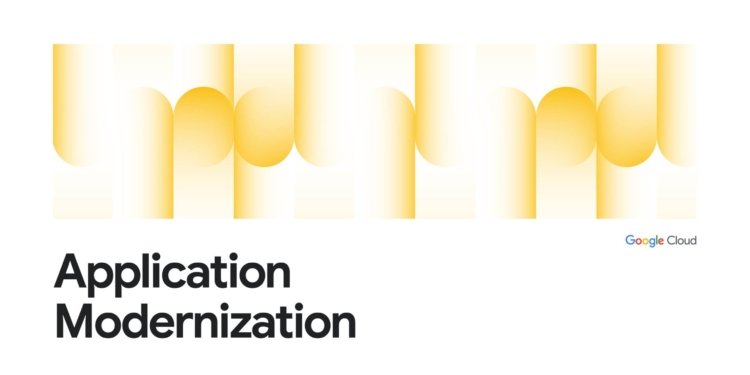Imagine you have an Inventory Management Application (IMS) that you want to offer as SaaS to enable retail businesses, so they can optimize stock, predict demand, and reduce waste across each of their stores. As a SaaS provider, you want to provide pricing tiers and augment your application with AI capabilities. Let’s look at how to do that on Google Cloud.
1. Model
As the SaaS provider, you can start by defining or importing the SaaS architecture using SaaS Runtime’s opinionated data model. SaaS providers who are looking to use SaaS Runtime to scale can re-use their existing architecture by using Saas Runtime’s opinionated model framework, which lets you package components that deploy and update together into separate blueprints. This structured approach abstracts the complexities of the application and infrastructure, so you can optimize for performance and reliability.
First, create a Blueprint by importing Terraform modules via popular source repositories (e.g., GitHub, GitLab, Bitbucket). These blueprints act as the building blocks for the SaaS product, and make it easy to scale to thousands of tenant instances.










